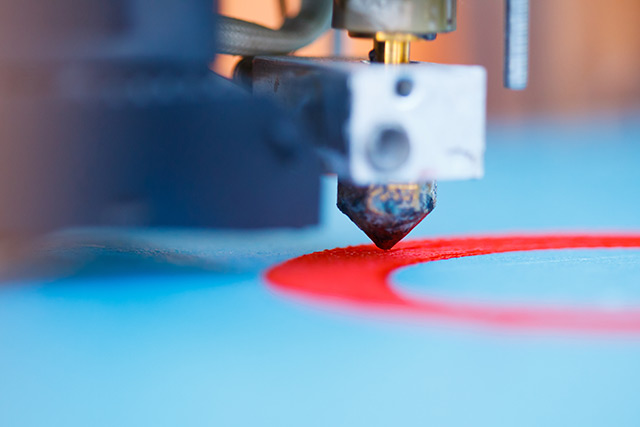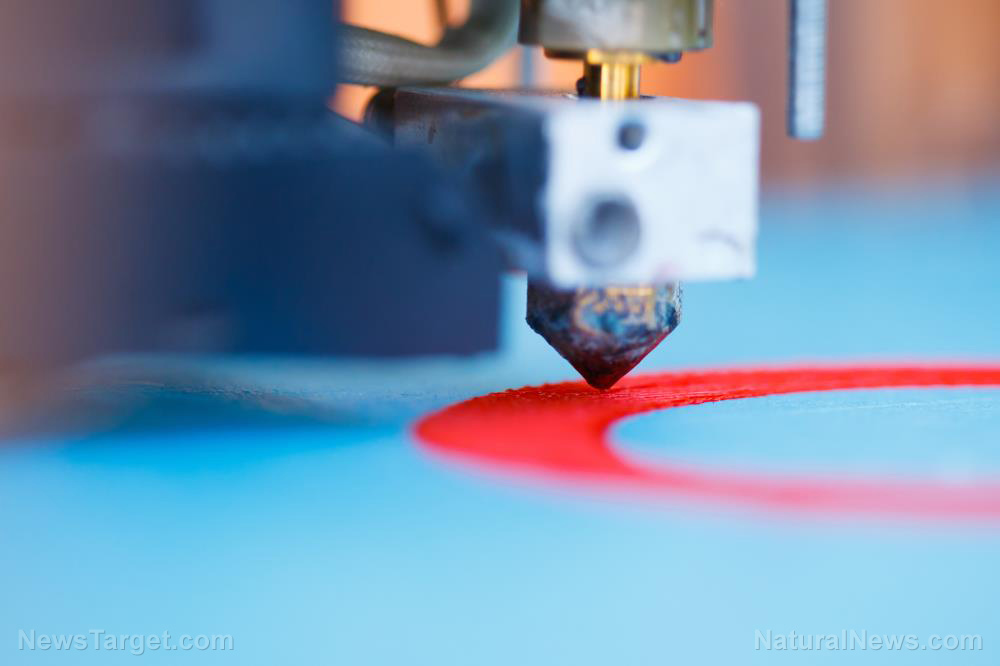
One of the most energy-efficient 3D printing techniques has received a long-needed upgrade. Spanish researchers have come up with a new photosensitizer that allows selective laser sintering (SLS) printers to directly print vivid colors onto their products.
3D printing technology has come a long way since it was invented in the 1980s. It is now being used to manufacture consumer goods, build medical devices, create fashionable items, and prepare edible food.
Compared to other methods of 3D printers, selective laser sintering is very efficient in terms of energy consumption. In exchange for this power-saving ability, it cannot print anything with the least hint of color.
The Institute of Photonic Sciences (ICFO) researchers found a way to modify the technique. Due to their improvement, SLS printers will soon be able to add bright color to their previously dull and drab products, allowing them to match the performance of other 3D printers.
The details of the study were published in the scientific journal Nano Letters. (Related: Will 3D printed food become a reality in the future? Scientists want to create an appliance that can turn powdered ingredients into “real” food.)
Carbon-based photosensitizers limit SLS printers to gray, black products
The raw material for a selective laser sintering printer is a powdered polymer, such as nylon or polyamide. A laser heats precise portions of this powder to cause controlled melting or sintering.
Once the molten powder has coalesced into a solid mass, the printer adds a layer of powdered material. It sinters selected parts of this material before adding another coat of powder. The printer repeats this process until it completes the 3D shape it is aiming for.
Lasers of any kind use a lot of energy. To help cut back on the power consumption, the polymer powders were imbued with photosensitizing compounds.
Photosensitizers are made of materials such as carbon black, carbon nanotubes, and graphene. They are much better at absorbing heat than the polymers, and they transfer that captured heat to the rest of the powder.
The addition of photosensitizers makes the polymer material much more sensitive to heat. The 3D printer can therefore get away with using weaker lasers that are cheaper and consume less power.
The problem is that photosensitizers use the element carbon, which is naturally black in color. Objects printed using polymers with carbon-based photosensitizers are thus limited to black or gray colors.
Printing colorful products using gold-based photosynthesizers
The ICFO researchers sought out a photosynthesizer that could be used in the SLS printing method to create a colorful product. They came up with nano-scale rods made from gold instead of carbon.
The gold nanorods are almost transparent to visible light. At the same time, they can absorb much of the near-infrared range of light, which has a higher amount of heat.
The researchers further improved the light-capturing abilities of these nanorods by applying a silica coating. The new photosensitizer was added to polyamide powders for testing against carbon its black-based counterpart.
The results showed that the gold nanorods outperformed carbon black when it came to converting the light of the laser into usable heat. Carbon black happens to be the industry's standard-bearer when it comes to the photosensitizing process.
By itself, the new photosynthesizer produced much whiter 3D objects. When dyes were added to the polymer materials, the resulting objects displayed bright colors.
Interestingly, despite the use of gold for the nanorods, the carbon-free photosynthesizer is considered to be cost-effective for mass production.
For more articles about the increasing capabilities and growing uses of 3D printing technology, visit Inventions.news.
Sources include:
Please contact us for more information.




















